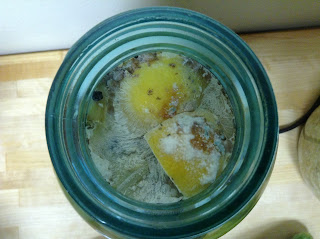It is incredibly sad what terrible stewards we people have been of the world that God gave us. When we feel the consequences of this in our health, and see it impacting our ability to serve God and others, and then we realize the importance of this stewardship.
I have to confess, finding non-GMO, organic food can be difficult and expensive. Sometimes I have doubted whether it was really worth it. But having experienced so many of the health issues mentioned in this video ourselves, the significance of this issue has hit home. It is less costly in the long-run to pay for health now than to pay for sickness later.
Also important to consider is who and what you want to support when you visit the grocery store. The big biotech and processed food industries have shown a tremendous lack of integrity in the way they do business. It's worth considering whether you can support them in good conscience.
Watch this video and pass it on. Homeschooling moms - use it as an assignment to teach your children good nutrition. Vote for GMO labeling when you get the chance. More importantly, vote with your money each time you shop. Find the local farmers in your area who are doing business with integrity - sustainably and transparently - and give them your business.
"Genetic Roulette" Trailer













































